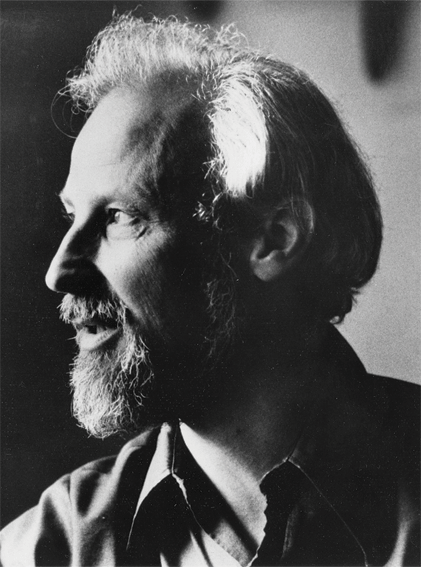The New York-based craftsman had a 50-year career and was a formative influence on the next generation of makers

William Salchow, one of America’s most renowned bow makers, has
died at the age of 88. A master bow maker since the early 1960s, he
was instrumental in the growth of the craft in the US through his
long-running bow making course at the University of New Hampshire
(UNH).
Born in 1926 in Detroit, Salchow began playing the cello at the age
of 14. After serving in the US Army in World War II he played in
the Heidelberg Symphony Orchestra and studied the instrument with
Georg-Ulrich von Bülow, a pupil of Emanuel Feuermann. Returning
to the US he spent two years with Alexander Schuster at Michigan
State University before studying with Leonard Rose at the Juilliard
School. He continued to have private lessons with Bernard
Greenhouse while working in a factory and performing in a chamber
orchestra, where in 1955 a friend suggested he demonstrate cellos
at Rembert Wurlitzer’s shop. A year later he began rehairing and
repairing bows under Frank Passa.
With the help of cellist Luigi Silva, Salchow received a Fulbright
grant to study bow making with Georges Barjonnet in Mirecourt,
France. On his return to America he opened a shop in Carnegie Hall,
but soon moved to his own premises in West 56th Street. He remained
there for the next 23 years before moving to a new shop in West
54th Street. During that time he trained his son, Stephen Salchow,
and grandson Isaac Salchow in the craft of bow making.
Salchow was one of the founding members of the American Federation
of Violin and Bow Makers, which began in 1980. The same year, he
began teaching at UNH, training many of today’s finest bow makers
in the craft. Among the string players who used Salchow bows over
the years were Isaac Stern, Nathan Milstein, Leonard Rose, Yo-Yo
Ma, Itzhak Perlman, Glenn Dicterow, Arnold Steinhardt, Joseph
Silverstein, Pamela Frank, and Ani and Ida Kavafian.
Interviewed in the November 2012 issue of The Strad, Salchow
discussed his theory of bow camber: ‘When the bow is soft and has
very little curve, the angle of the hair to the string is more
acute, so it has more contact with the string. It’s as if the hair
wraps itself around the string. So you’ll get a great sound from an
old bow like that, but you don’t get the bounce. You need bounce,
and more camber, if you’re playing something like Wieniawski or
Sarasate.’
Photo: William Salchow in 1998
Subscribe to The Strad or download our digital edition as part of a 30-day free trial. To purchase single issues click here






































No comments yet